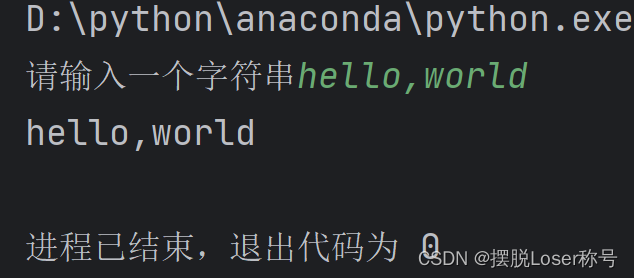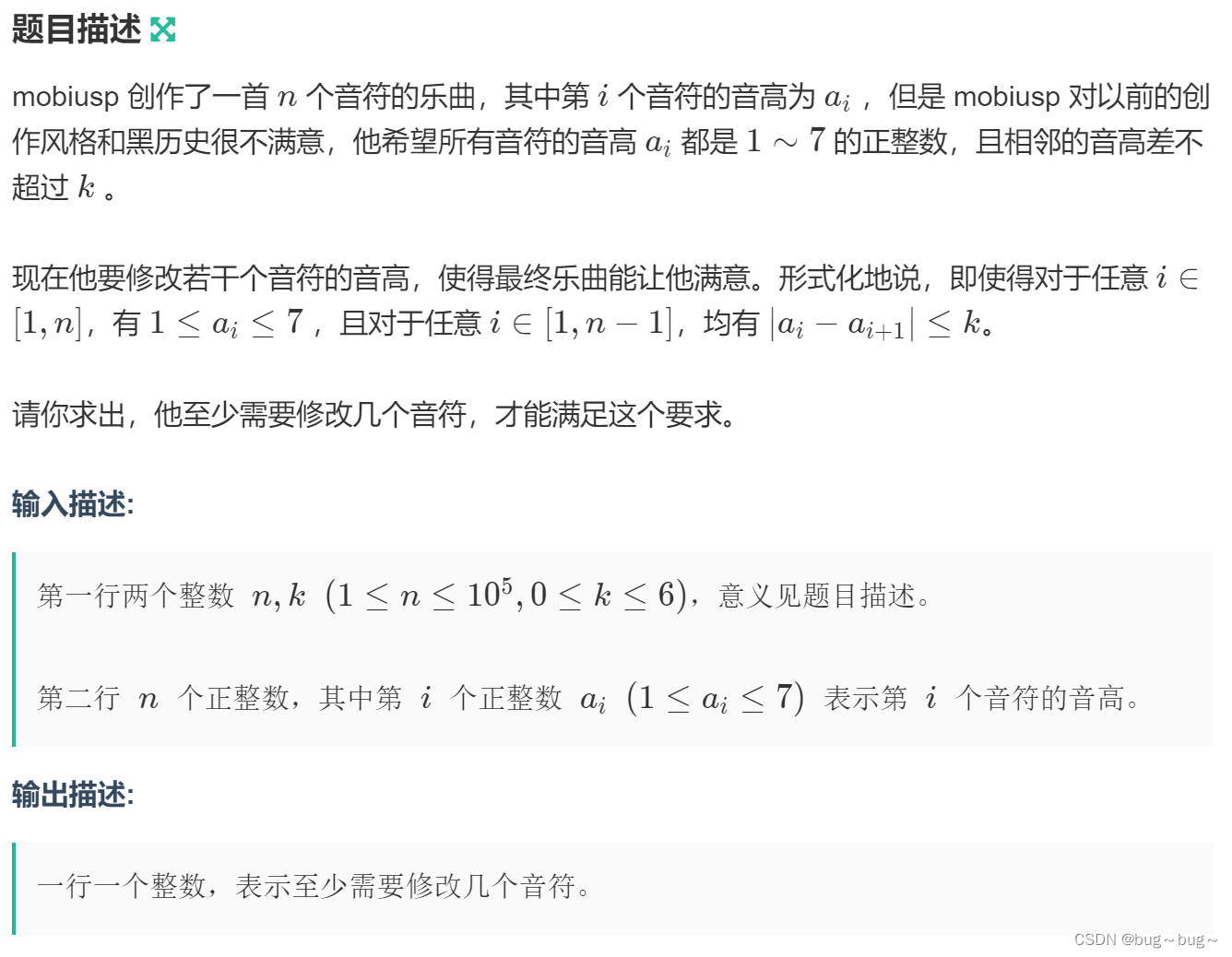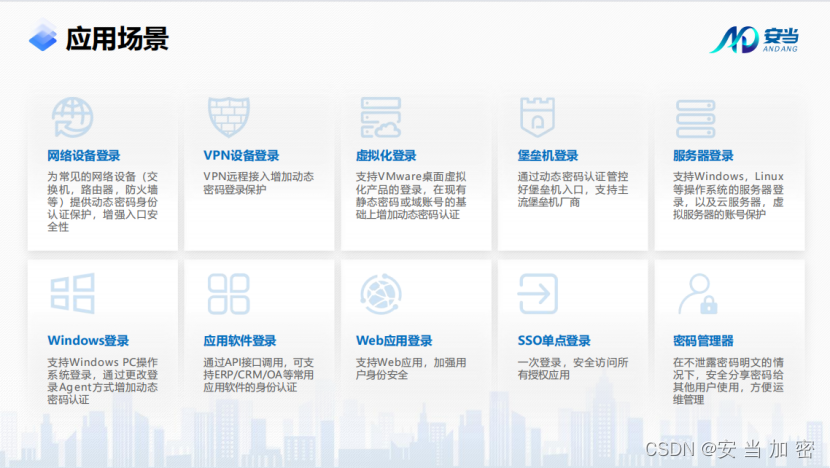views" class="htmledit_views">
一、 replace vs 重建
遇到开发提了个问题,create or replace view和重建视图(drop+create)有什么区别,查询资料整理了一下。
1. create or replace
- 当存在同名视图时,尝试将其替换
- 新视图语句必须与现有视图查询具有相同的列(即相同的列名、列顺序和数据类型)
- pg 8.1开始,之前向视图末尾添加新列
- 总体而言,改动限制较大,但replace后不影响权限和依赖于该视图的对象
2. drop+create
- 新视图定义不依赖原视图,灵活度高
- 重建后权限丢失,必须重新授权
-- 对象授权查询
SELECT * FROM information_schema.table_privileges WHERE table_name='视图名' and grantor<>grantee;- 依赖于该视图的对象需要一起重建,复杂度可能较高
二、 源码学习
1. CREATE OR REPLACE VIEW
按照 "CREATE OR REPLACE VIEW" 关键字搜索,这部分代码在ATExecCmd函数(tablecmds.c文件)。可以看到它对应的命令类型叫AT_AddColumnToView,对应操作为调用ATExecAddColumn函数为视图新加列。
/*
* ATExecCmd: dispatch a subcommand to appropriate execution routine
*/
static void
ATExecCmd(List **wqueue, AlteredTableInfo *tab,
AlterTableCmd *cmd, LOCKMODE lockmode, int cur_pass,
AlterTableUtilityContext *context)
{
ObjectAddress address = InvalidObjectAddress;
Relation rel = tab->rel;
switch (cmd->subtype)
{
case AT_AddColumn: /* ADD COLUMN */
case AT_AddColumnToView: /* add column via CREATE OR REPLACE VIEW */
address = ATExecAddColumn(wqueue, tab, rel, &cmd,
false, false,
lockmode, cur_pass, context);
break;
...2. ATExecAddColumn函数
比较长的一个函数,主要操作如下:
-
权限检查
/*
* Add a column to a table. The return value is the address of the
* new column in the parent relation.
*
* cmd is pass-by-ref so that we can replace it with the parse-transformed
* copy (but that happens only after we check for IF NOT EXISTS).
*/
static ObjectAddress
ATExecAddColumn(List **wqueue, AlteredTableInfo *tab, Relation rel,
AlterTableCmd **cmd,
bool recurse, bool recursing,
LOCKMODE lockmode, int cur_pass,
AlterTableUtilityContext *context)
{
Oid myrelid = RelationGetRelid(rel);
ColumnDef *colDef = castNode(ColumnDef, (*cmd)->def);
bool if_not_exists = (*cmd)->missing_ok;
Relation pgclass,
attrdesc;
...
/* At top level, permission check was done in ATPrepCmd, else do it */
if (recursing)
ATSimplePermissions(rel, ATT_TABLE | ATT_FOREIGN_TABLE);
if (rel->rd_rel->relispartition && !recursing)
ereport(ERROR,
(errcode(ERRCODE_WRONG_OBJECT_TYPE),
errmsg("cannot add column to a partition")));-
获取表锁,等级为RowExclusiveLock
attrdesc = table_open(AttributeRelationId, RowExclusiveLock);-
判断是否为递归子表加列,能否进行merge列
若是merge,要求更新前后列类型及排序规则一致(Child column must match on type, typmod, and collation)
/*
* Are we adding the column to a recursion child? If so, check whether to
* merge with an existing definition for the column. If we do merge, we
* must not recurse. Children will already have the column, and recursing
* into them would mess up attinhcount.
*/
if (colDef->inhcount > 0)
{
HeapTuple tuple;
/* Does child already have a column by this name? */
tuple = SearchSysCacheCopyAttName(myrelid, colDef->colname);
if (HeapTupleIsValid(tuple))
{
Form_pg_attribute childatt = (Form_pg_attribute) GETSTRUCT(tuple);
Oid ctypeId;
int32 ctypmod;
Oid ccollid;
/* Child column must match on type, typmod, and collation */
typenameTypeIdAndMod(NULL, colDef->typeName, &ctypeId, &ctypmod);
if (ctypeId != childatt->atttypid ||
ctypmod != childatt->atttypmod)
ereport(ERROR,
(errcode(ERRCODE_DATATYPE_MISMATCH),
errmsg("child table \"%s\" has different type for column \"%s\"",
RelationGetRelationName(rel), colDef->colname)));
ccollid = GetColumnDefCollation(NULL, colDef, ctypeId);
if (ccollid != childatt->attcollation)
ereport(ERROR,
(errcode(ERRCODE_COLLATION_MISMATCH),
errmsg("child table \"%s\" has different collation for column \"%s\"",
RelationGetRelationName(rel), colDef->colname),
errdetail("\"%s\" versus \"%s\"",
get_collation_name(ccollid),
get_collation_name(childatt->attcollation))));
/* Bump the existing child att's inhcount */
childatt->attinhcount++;
CatalogTupleUpdate(attrdesc, &tuple->t_self, tuple);
heap_freetuple(tuple);
/* Inform the user about the merge */
ereport(NOTICE,
(errmsg("merging definition of column \"%s\" for child \"%s\"",
colDef->colname, RelationGetRelationName(rel))));
table_close(attrdesc, RowExclusiveLock);
return InvalidObjectAddress;
}
}-
一些检查,例如列名是否已存在,列数是否超出限制等
/* skip if the name already exists and if_not_exists is true */
if (!check_for_column_name_collision(rel, colDef->colname, if_not_exists))
{
table_close(attrdesc, RowExclusiveLock);
return InvalidObjectAddress;
}
...
/* Determine the new attribute's number */
newattnum = ((Form_pg_class) GETSTRUCT(reltup))->relnatts + 1;
if (newattnum > MaxHeapAttributeNumber)
ereport(ERROR,
(errcode(ERRCODE_TOO_MANY_COLUMNS),
errmsg("tables can have at most %d columns",
MaxHeapAttributeNumber)));-
填充pg_attribute及pg_class信息
/* construct new attribute's pg_attribute entry */
attribute.attrelid = myrelid;
namestrcpy(&(attribute.attname), colDef->colname);
attribute.atttypid = typeOid;
attribute.attstattarget = (newattnum > 0) ? -1 : 0;
attribute.attlen = tform->typlen;
attribute.attnum = newattnum;
attribute.attndims = list_length(colDef->typeName->arrayBounds);
attribute.atttypmod = typmod;
attribute.attbyval = tform->typbyval;
attribute.attalign = tform->typalign;
attribute.attstorage = tform->typstorage;
attribute.attcompression = GetAttributeCompression(typeOid,
colDef->compression);
attribute.attnotnull = colDef->is_not_null;
attribute.atthasdef = false;
attribute.atthasmissing = false;
attribute.attidentity = colDef->identity;
attribute.attgenerated = colDef->generated;
attribute.attisdropped = false;
attribute.attislocal = colDef->is_local;
attribute.attinhcount = colDef->inhcount;
attribute.attcollation = collOid;
/* attribute.attacl is handled by InsertPgAttributeTuples() */
ReleaseSysCache(typeTuple);
tupdesc = CreateTupleDesc(lengthof(aattr), (FormData_pg_attribute **) &aattr);
InsertPgAttributeTuples(attrdesc, tupdesc, myrelid, NULL, NULL);
table_close(attrdesc, RowExclusiveLock);
/*
* Update pg_class tuple as appropriate
*/
((Form_pg_class) GETSTRUCT(reltup))->relnatts = newattnum;
CatalogTupleUpdate(pgclass, &reltup->t_self, reltup);
heap_freetuple(reltup);
/* Post creation hook for new attribute */
InvokeObjectPostCreateHook(RelationRelationId, myrelid, newattnum);
table_close(pgclass, RowExclusiveLock);
/* Make the attribute's catalog entry visible */
CommandCounterIncrement();-
填充默认值
/*
* Store the DEFAULT, if any, in the catalogs
*/
if (colDef->raw_default)
{
RawColumnDefault *rawEnt;
rawEnt = (RawColumnDefault *) palloc(sizeof(RawColumnDefault));
rawEnt->attnum = attribute.attnum;
rawEnt->raw_default = copyObject(colDef->raw_default);
/*
* Attempt to skip a complete table rewrite by storing the specified
* DEFAULT value outside of the heap. This may be disabled inside
* AddRelationNewConstraints if the optimization cannot be applied.
*/
rawEnt->missingMode = (!colDef->generated);
rawEnt->generated = colDef->generated;
/*
* This function is intended for CREATE TABLE, so it processes a
* _list_ of defaults, but we just do one.
*/
AddRelationNewConstraints(rel, list_make1(rawEnt), NIL,
false, true, false, NULL);
/* Make the additional catalog changes visible */
CommandCounterIncrement();
/*
* Did the request for a missing value work? If not we'll have to do a
* rewrite
*/
if (!rawEnt->missingMode)
tab->rewrite |= AT_REWRITE_DEFAULT_VAL;
}
/*
* Tell Phase 3 to fill in the default expression, if there is one.
*
* If there is no default, Phase 3 doesn't have to do anything, because
* that effectively means that the default is NULL. The heap tuple access
* routines always check for attnum > # of attributes in tuple, and return
* NULL if so, so without any modification of the tuple data we will get
* the effect of NULL values in the new column.
*
* An exception occurs when the new column is of a domain type: the domain
* might have a NOT NULL constraint, or a check constraint that indirectly
* rejects nulls. If there are any domain constraints then we construct
* an explicit NULL default value that will be passed through
* CoerceToDomain processing. (This is a tad inefficient, since it causes
* rewriting the table which we really don't have to do, but the present
* design of domain processing doesn't offer any simple way of checking
* the constraints more directly.)
*
* Note: we use build_column_default, and not just the cooked default
* returned by AddRelationNewConstraints, so that the right thing happens
* when a datatype's default applies.
*
* Note: it might seem that this should happen at the end of Phase 2, so
* that the effects of subsequent subcommands can be taken into account.
* It's intentional that we do it now, though. The new column should be
* filled according to what is said in the ADD COLUMN subcommand, so that
* the effects are the same as if this subcommand had been run by itself
* and the later subcommands had been issued in new ALTER TABLE commands.
*
* We can skip this entirely for relations without storage, since Phase 3
* is certainly not going to touch them. System attributes don't have
* interesting defaults, either.
*/
if (RELKIND_HAS_STORAGE(relkind) && attribute.attnum > 0)
{
/*
* For an identity column, we can't use build_column_default(),
* because the sequence ownership isn't set yet. So do it manually.
*/
if (colDef->identity)
{
NextValueExpr *nve = makeNode(NextValueExpr);
nve->seqid = RangeVarGetRelid(colDef->identitySequence, NoLock, false);
nve->typeId = typeOid;
defval = (Expr *) nve;
/* must do a rewrite for identity columns */
tab->rewrite |= AT_REWRITE_DEFAULT_VAL;
}
else
defval = (Expr *) build_column_default(rel, attribute.attnum);
if (!defval && DomainHasConstraints(typeOid))
{
Oid baseTypeId;
int32 baseTypeMod;
Oid baseTypeColl;
baseTypeMod = typmod;
baseTypeId = getBaseTypeAndTypmod(typeOid, &baseTypeMod);
baseTypeColl = get_typcollation(baseTypeId);
defval = (Expr *) makeNullConst(baseTypeId, baseTypeMod, baseTypeColl);
defval = (Expr *) coerce_to_target_type(NULL,
(Node *) defval,
baseTypeId,
typeOid,
typmod,
COERCION_ASSIGNMENT,
COERCE_IMPLICIT_CAST,
-1);
if (defval == NULL) /* should not happen */
elog(ERROR, "failed to coerce base type to domain");
}
if (defval)
{
NewColumnValue *newval;
newval = (NewColumnValue *) palloc0(sizeof(NewColumnValue));
newval->attnum = attribute.attnum;
newval->expr = expression_planner(defval);
newval->is_generated = (colDef->generated != '\0');
tab->newvals = lappend(tab->newvals, newval);
}
if (DomainHasConstraints(typeOid))
tab->rewrite |= AT_REWRITE_DEFAULT_VAL;
if (!TupleDescAttr(rel->rd_att, attribute.attnum - 1)->atthasmissing)
{
/*
* If the new column is NOT NULL, and there is no missing value,
* tell Phase 3 it needs to check for NULLs.
*/
tab->verify_new_notnull |= colDef->is_not_null;
}
}-
更新pg_attribute的atttypid及attcollation字段
/*
* Add needed dependency entries for the new column.
*/
add_column_datatype_dependency(myrelid, newattnum, attribute.atttypid);
add_column_collation_dependency(myrelid, newattnum, attribute.attcollation);-
若有子表,为每个子表递归调用该函数新增列
/*
* Propagate to children as appropriate. Unlike most other ALTER
* routines, we have to do this one level of recursion at a time; we can't
* use find_all_inheritors to do it in one pass.
*/
children =
find_inheritance_children(RelationGetRelid(rel), lockmode);
/*
* If we are told not to recurse, there had better not be any child
* tables; else the addition would put them out of step.
*/
if (children && !recurse)
ereport(ERROR,
(errcode(ERRCODE_INVALID_TABLE_DEFINITION),
errmsg("column must be added to child tables too")));
/* Children should see column as singly inherited */
if (!recursing)
{
childcmd = copyObject(*cmd);
colDef = castNode(ColumnDef, childcmd->def);
colDef->inhcount = 1;
colDef->is_local = false;
}
else
childcmd = *cmd; /* no need to copy again */
foreach(child, children)
{
Oid childrelid = lfirst_oid(child);
Relation childrel;
AlteredTableInfo *childtab;
/* find_inheritance_children already got lock */
childrel = table_open(childrelid, NoLock);
CheckTableNotInUse(childrel, "ALTER TABLE");
/* Find or create work queue entry for this table */
childtab = ATGetQueueEntry(wqueue, childrel);
/* Recurse to child; return value is ignored */
ATExecAddColumn(wqueue, childtab, childrel,
&childcmd, recurse, true,
lockmode, cur_pass, context);
table_close(childrel, NoLock);
}
ObjectAddressSubSet(address, RelationRelationId, myrelid, newattnum);
return address;
}参考
PostgreSQL: Documentation: 16: CREATE VIEW





